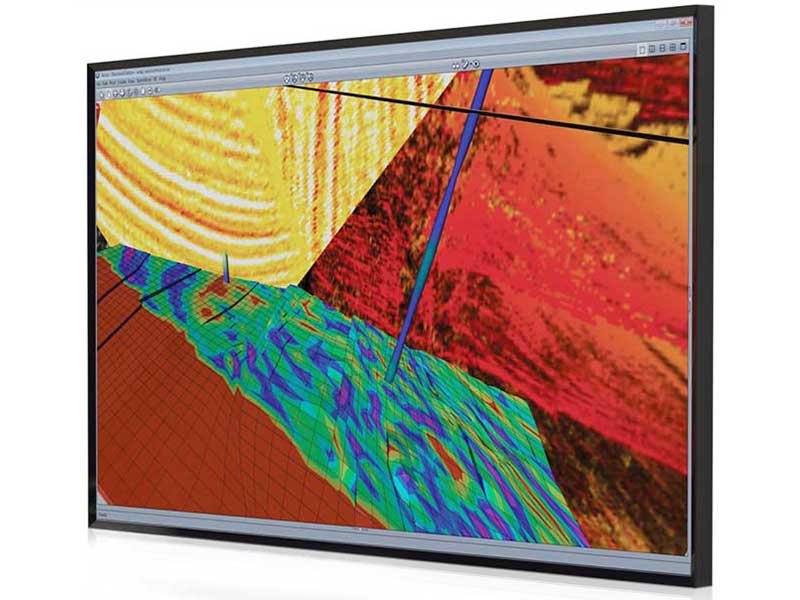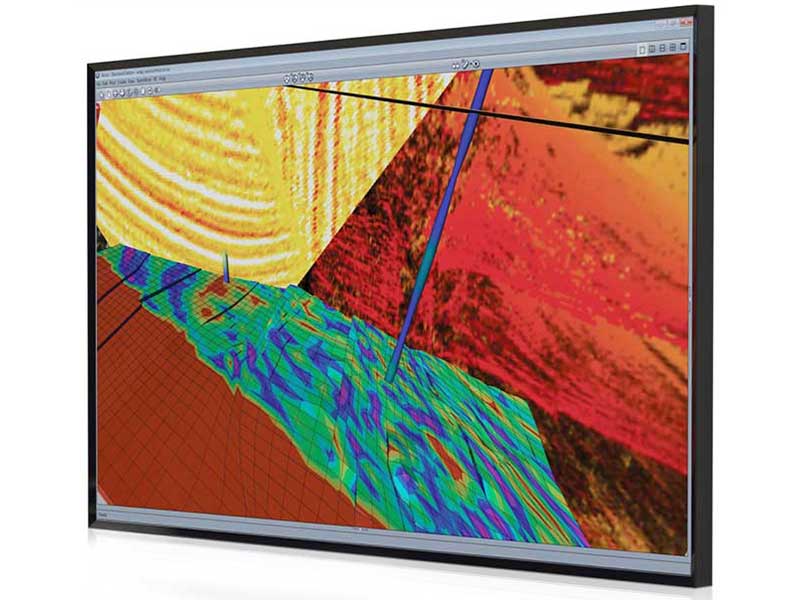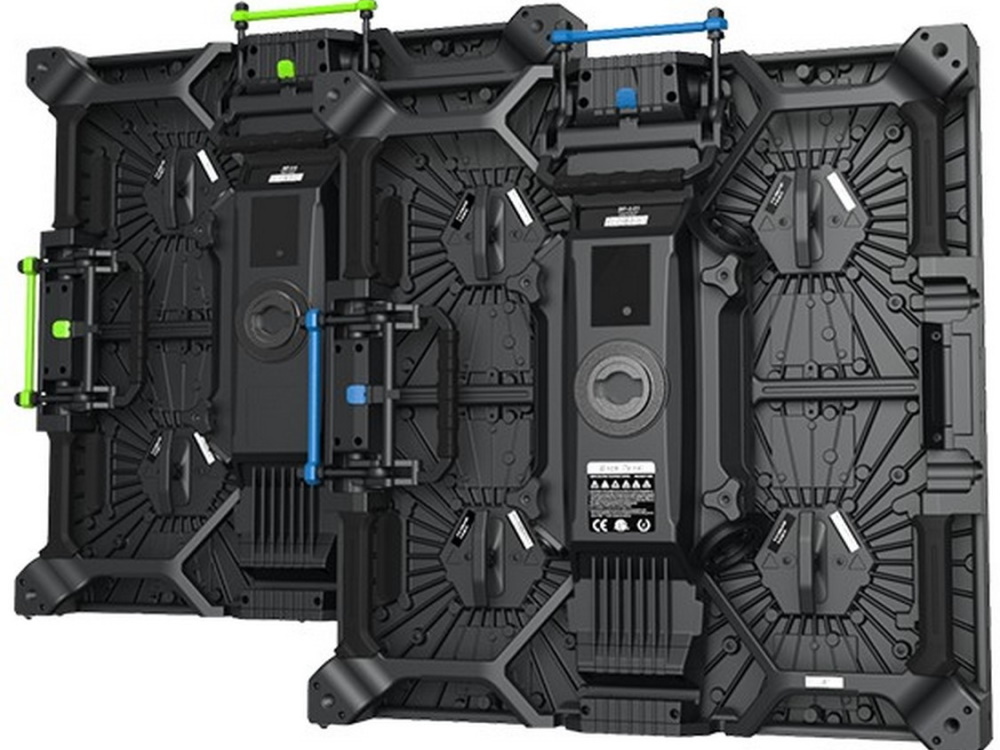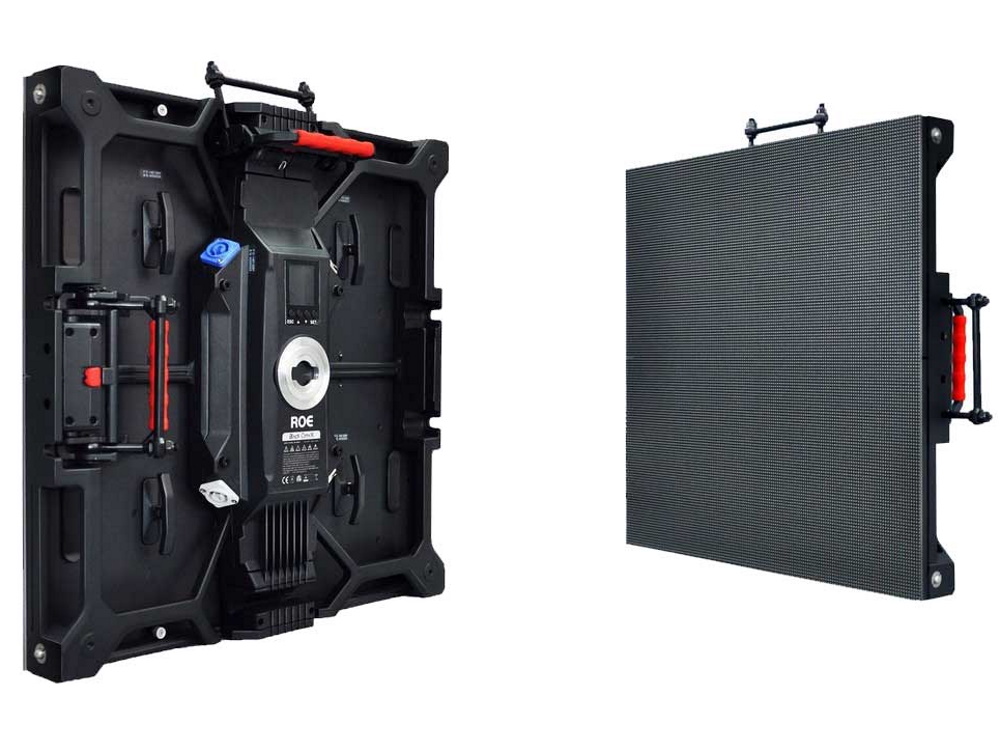Spl td1
12 December 2023

|
As technology continues to advance, companies are constantly seeking innovative solutions to enhance their products and services. One such solution that has gained significant attention in recent years is SPL TD1. In this guide, we will take a deep dive into the world of SPL TD1, exploring its definition, functionality, benefits, components, optimization techniques, common challenges, and its future impact on the industry. What is SPL TD1? SPL TD1, also known as Spectral Power Distribution Target Detection 1, is a cutting-edge technology designed to analyze and detect specific spectral power distributions. It involves the use of advanced algorithms and machine learning techniques to identify and quantify the spectral power distribution of a given signal. By understanding the unique characteristics of different spectral power distributions, SPL TD1 enables accurate detection and analysis of various phenomena. How does SPL TD1 work? SPL TD1 operates by utilizing a combination of hardware and software components. The hardware component consists of specialized sensors capable of capturing spectral power distribution data from the environment or a specific source. These sensors are designed to measure the intensity of different wavelengths of light, sound, or any other form of energy. The software component comprises powerful algorithms that process the captured data, analyze the spectral power distribution patterns, and identify the presence or absence of specific targets based on predefined criteria. Benefits of using SPL TD1 Implementing SPL TD1 in your organization can provide a multitude of benefits. Firstly, it enables precise and reliable detection of specific targets or phenomena, which can be crucial in industries such as healthcare, security, and environmental monitoring. Additionally, SPL TD1 offers real-time analysis capabilities, allowing for immediate decision-making and response. This technology also enhances the overall efficiency and accuracy of data collection and analysis processes, saving valuable time and resources. Moreover, SPL TD1 contributes to improved safety measures by identifying potential risks or anomalies that might otherwise go unnoticed. |
 |
|
Understanding the components of SPL TD1 To fully comprehend SPL TD1, it is essential to understand its key components. These include the sensors or detectors, which capture the spectral power distribution data; the processing unit, which performs complex calculations and analysis; the algorithms, which interpret the data and identify targets; and the user interface, which provides a platform for visualization and interaction with the results. Each component plays a vital role in the overall functionality of SPL TD1, ensuring accurate and efficient target detection. Tips for optimizing SPL TD1 performance While SPL TD1 is a powerful technology, optimizing its performance is crucial to maximize its benefits. Here are some tips to enhance the efficiency and accuracy of SPL TD1: Calibration: Regularly calibrate the sensors and detectors to maintain accuracy and consistency in capturing spectral power distribution data. Data preprocessing: Apply appropriate data preprocessing techniques, such as noise reduction and outlier removal, to ensure high-quality data input for analysis. Algorithm selection: Choose the most suitable algorithms for your specific target detection requirements. Consider factors such as detection accuracy, computational efficiency, and adaptability to different environments. Feature engineering: Extract relevant features from the spectral power distribution data to enhance the discriminative power of the algorithms. This can involve dimensionality reduction, feature selection, or transformation techniques. Continuous monitoring and evaluation: Regularly monitor and evaluate the performance of SPL TD1 to identify any issues or areas for improvement. This can involve analyzing false positives or false negatives and adjusting the algorithms or parameters accordingly. By implementing these optimization techniques, you can ensure that SPL TD1 operates at its full potential, providing accurate and reliable results. Common challenges and solutions when using SPL TD1 While SPL TD1 offers numerous benefits, like any technology, it comes with its own set of challenges. Some common challenges faced when using SPL TD1 include: |
 |
|
Data variability: The spectral power distribution data can vary significantly based on environmental conditions, sensor quality, or other factors. To overcome this challenge, it is crucial to collect diverse and representative data during the training phase to ensure the algorithms can handle variations effectively. Complex target detection: Some targets may exhibit complex spectral power distribution patterns, making their detection challenging. In such cases, advanced machine learning techniques, such as deep learning or ensemble methods, can be employed to improve detection accuracy. Real-time processing: Depending on the complexity of the algorithms and the volume of data, real-time processing can be a challenge. To address this, consider optimizing the algorithms for computational efficiency and utilizing parallel processing techniques or specialized hardware. Conclusion: The future of SPL TD1 and its impact on the industry As technology continues to evolve, the future of SPL TD1 looks promising. Its applications span across various industries, including healthcare, security, environmental monitoring, and more. With ongoing advancements in sensor technology, machine learning algorithms, and computational power, SPL TD1 is expected to become even more accurate, efficient, and versatile. This technology has the potential to revolutionize target detection, enabling organizations to make better-informed decisions and enhance overall performance. Embracing SPL TD1 today can pave the way for a brighter and more efficient future. In conclusion, SPL TD1 is a game-changing technology that offers precise and reliable target detection capabilities. By understanding its functionality, optimizing its performance, and addressing common challenges, organizations can harness the full potential of SPL TD1. As we move forward, the future of SPL TD1 holds immense potential, and its impact on various industries will only continue to grow. |
 |
